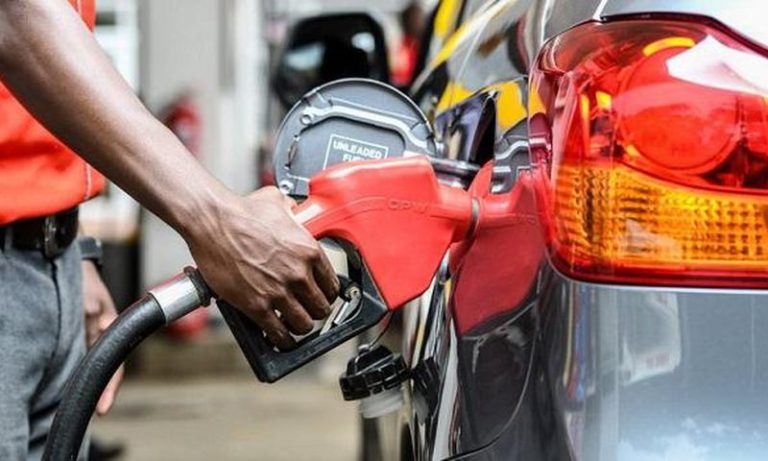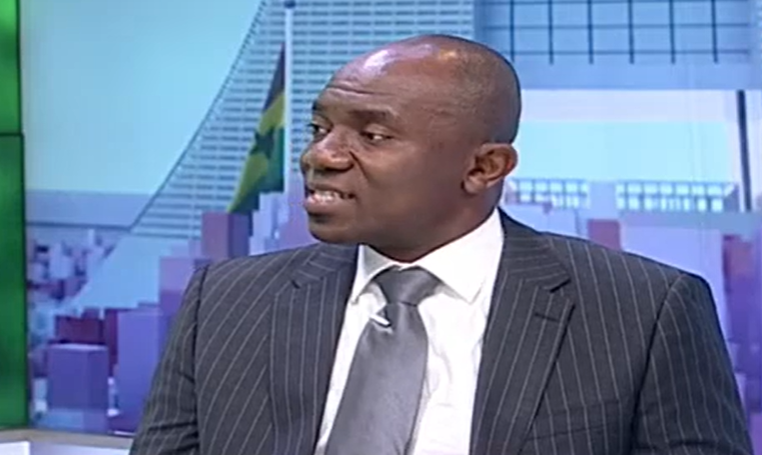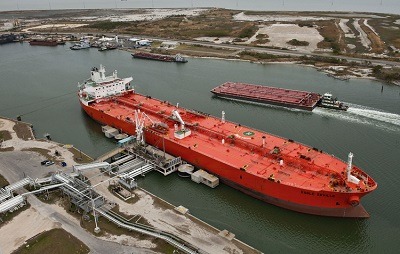Oil prices jumped more than $1 a barrel on Friday, hitting their highest levels in nearly 14 months, after OPEC and its allies agreed not to increase supply in April as they await a more substantial recovery in demand amid the coronavirus pandemic.
Brent crude futures for May rose to as high as $68 a barrel on Friday, a level not seen since Jan. 8, 2020. The contract was up $1.09, or 1.6%, to $67.83 a barrel at 0730 GMT, and was on track for a near 3% gain in the week.
U.S. West Texas Intermediate (WTI) crude futures climbed 93 cents, or 1.5%, to $64.76 per barrel after hitting a high of $64.94 earlier in the session.
Both contracts surged more than 4% on Thursday after the Organization of the Petroleum Exporting Countries and allies, together called OPEC+, extended oil output curbs into April, granting small exemptions to Russia and Kazakhstan.
“OPEC+ has kept output steady indicating that it wants to take a cautious approach in normalising production,” said Ravindra Rao, vice president, commodities at Kotak Securities.
“A steady rise in production can be absorbed with global demand improving and may not have much negative impact on price. Concerns will rise only if U.S. output rises in response to higher prices.”
Investors were surprised that Saudi Arabia had decided to maintain its voluntary cut of 1 million barrels per day through April even after oil prices rallied over the past two months.
“An array of factors coalesced to bring the parties together, but the resultant price increase will almost certainly push the parties to change their minds when they meet again on April 1, 2021,” commodity analysts at Citigroup said in a note.
The OPEC+ decision to continue with the output cuts would hurt consumers in oil buying nations, Indian oil minister Dharmendra Pradhan told Reuters on Friday.
“While OPEC+ clearly do see improving fundamentals for the oil market, they are still conscious of the fact that there is plenty of uncertainty around the demand outlook, and so do appear to be taking a more cautious approach,” said Warren Patterson, ING’s head of commodities strategy.
“There is also an element where OPEC+ do not believe that U.S. oil production will be able to respond to the higher price environment, at least not any time soon.”
Analysts are reviewing their price forecasts to reflect the continued supply restraint by OPEC+ as well as U.S. shale producers, who are holding back spending in order to boost returns to investors.
Goldman Sachs raised its Brent price forecast by $5 to $75 per barrel in the second quarter and $80 per barrel in the third quarter of this year, while UBS raised its forecast for Brent to $75 per barrel and for WTI to $72 per barrel in the second half of 2021.
Source: Reuters





